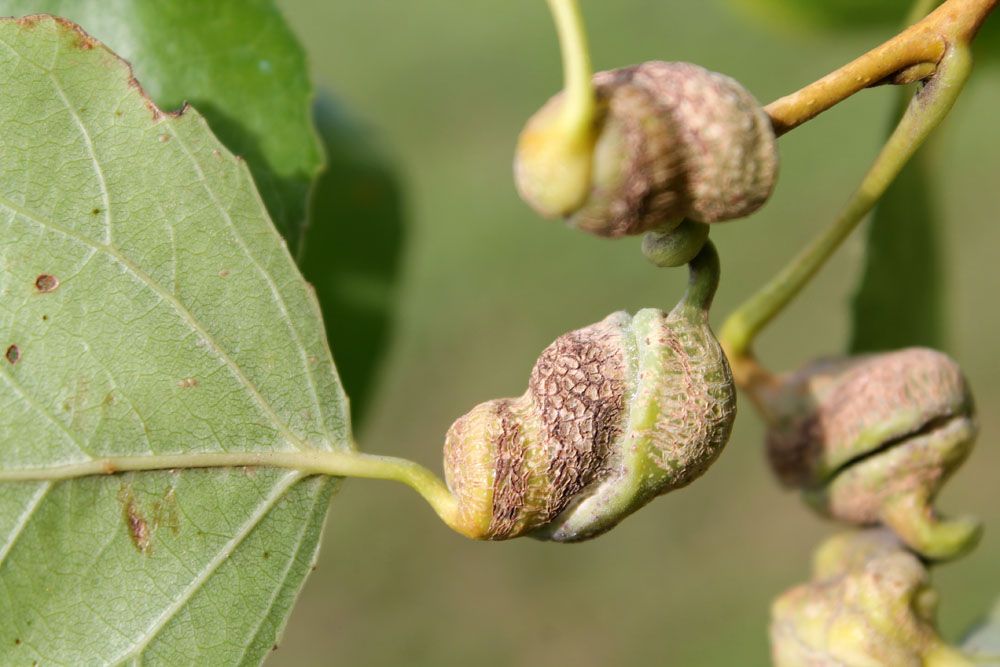
Poplar Petiolegall Aphid – Pempighus populitransversus
Poplar Petiolegall Aphid (Pempighus populitransversus)
Latin Name: Pemphigus populitransversus
Common Name: Poplar Petiolegall aphid / Cabbage root aphid
Appearance:
Adults are about 2 mm (1.6-2.6 mm) long, lack cornicles on the abdomen, and have short antennae and legs compared to other crop leaf aphid species.
Hosts plants:
Poplar trees (Populus spp.) and Cruciferae (Brassica spp).
Territory:
Pemphigus populitransversus may be found east of the Rocky Mountains throughout much of North America. It’s also been found in Chile, South Africa, Mexico, and the Azores on Populus species and anholocyclic populations on Brassicaceae roots in New Zealand and England.
Damage insect caused by leaf miners:
Leaf miners come in various shapes and sizes, but their appearance and plant damage are alike. Leaf miners are black flies with a dull appearance. The flies themselves do not harm the plant; instead, the larva of these flies creates the issues.
Various leafminers attack different sorts of plants. They live on broadleaf trees such as elm, aspen, hawthorn, and poplar and shrubs and bushes such as lilacs. When an infestation is still in its early stages, the damage is minimal, but as the number of leafminers increases, damage increases, and even modest infestations, although not killing a plant, weaken its resilience. Leafminers, which harm individual vegetable plants, are a primary cause of low harvest numbers in home gardens. They prefer spinach leaves in particular, and their tunneling drastically reduces the crop’s appeal and value.
Life History and Habits:
The life cycle of the poplar petiole gall aphid is complicated. The aphids lay their eggs on cottonwood twigs to survive the winter. The aphids hatch as the leaves unfold in the spring and begin to feed on the leaf petiole. The plant responds to the feeding by forming a gall, which is a confined development. The aphid nymphs roam about within the gall, continuing to eat.
